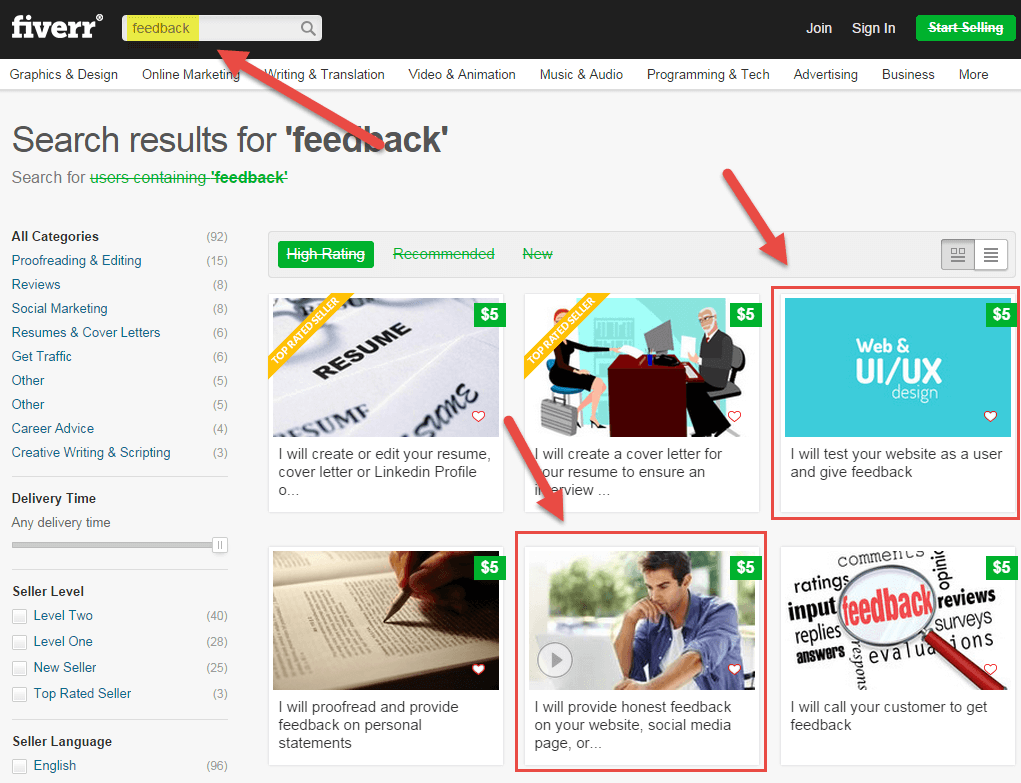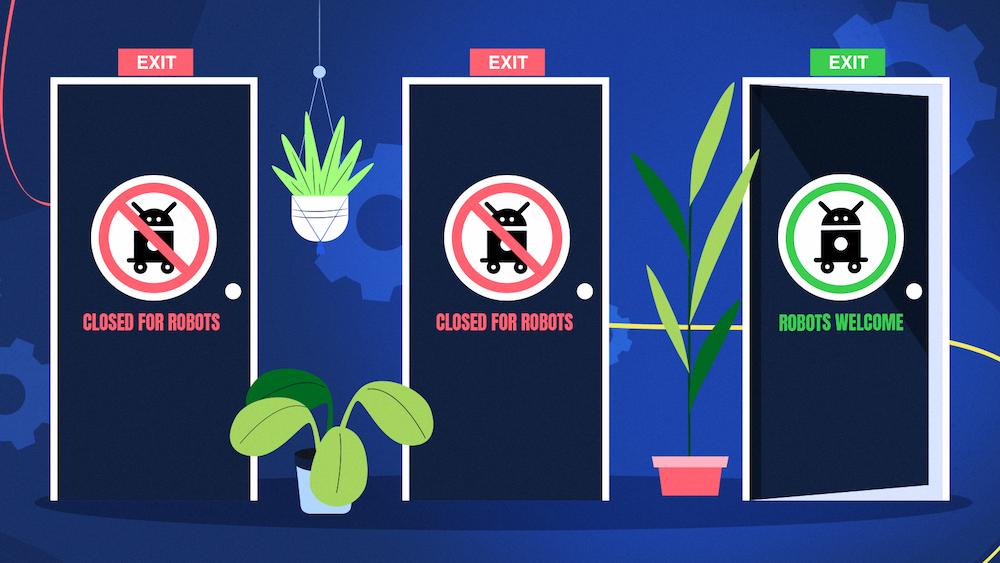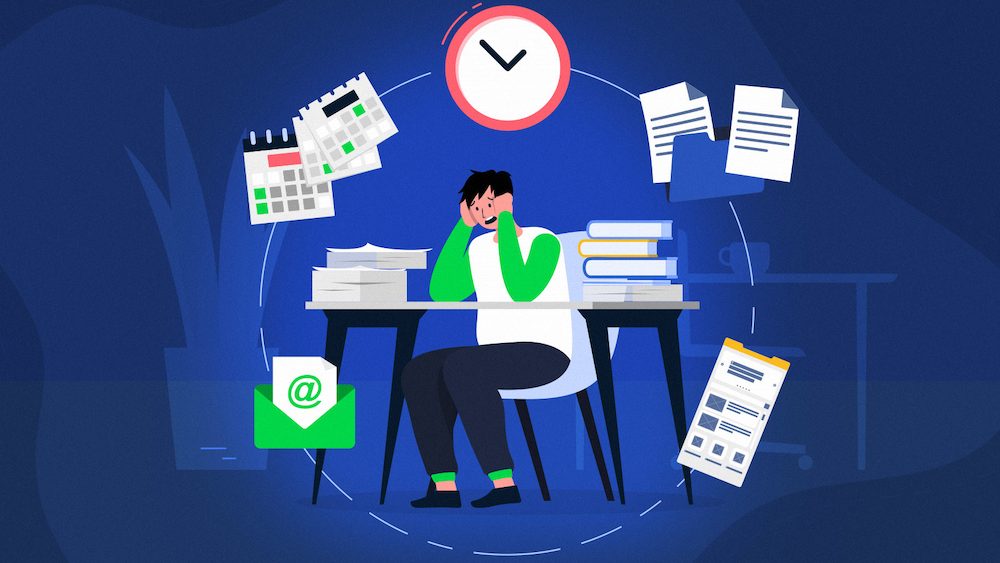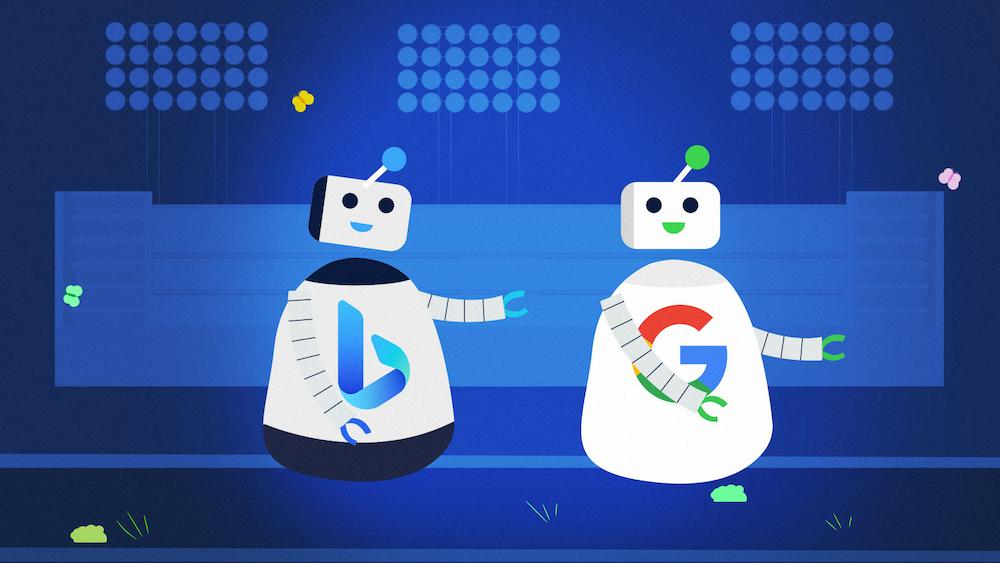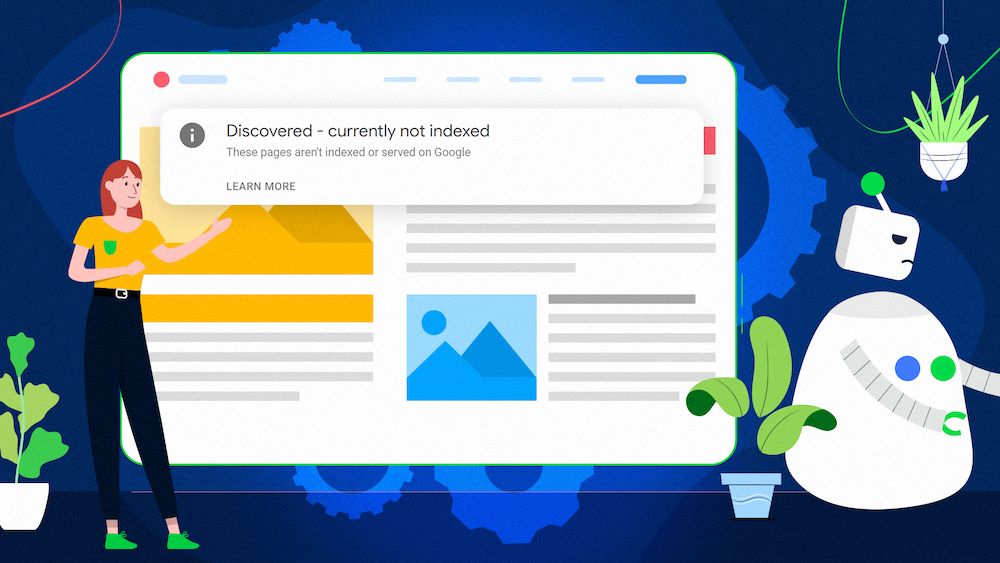Do you ever have a feeling that your website is stuck in rankings? A while ago, I wrote an article about ranking freezes to show that most of those can be fixed quite easily. This post got me many more emails than any other I wrote. Based on those emails and issues, I’ve decided to create this blog post to help you unfreeze your rankings.
Here is an 11-point checklist that will help you rank better with no “freezes.”
11 most popular ranking issues
No landing pages for different topics
Imagine you have a car repair shop and you want to rank high for “air condition cleaning” and “diesel injector repairs”. You need to have a clear and separate landing page for each service or related services/keywords like e.g., “diesel injector reconditioning.”
No real value
When looking at a website, pretend you’re Gordon Ramsey. Don’t accept any shades of grey. Either something is really good or it’s not. If you can’t find real value behind a website, Google won’t either.
Server and site speed
Nearly 7 out of 10 websites I crawl show terrible server speed. A bad server or heavy code can and will keep your website from ranking higher. Crawl your website(s) with e.g., DeepCrawl to diagnose all the pages (it will show you the ones with timeouts or long response). Also, you can simply go to Google Webmaster Tools and check the crawl stats.
Blocking CSS and JS in robots.txt
This has been a popular subject recently. I cannot 100% agree with the case studies published about Panda targeting websites blocking CSS and JS. Still, I believe it can be a negative ranking factor.
(No) On-Page SEO
Optimizing your website is crucial. On-page SEO implemented right can and will help Google understand your website better, index it quicker, and rank it higher.
Made-for-SEO Content
To this day, when I ask my customers for good content, they come back to me with unreadable stuff filled with keywords. Content created for robots instead of humans will not rank well.
Index Bloat
If your website is full of low-quality pages, many “made for SEO” articles, user profiles, etc., your rankings will stay put or plummet.
No natural backlinks
This is one of my “favorite” issues. There are many pages with 0 (ZERO) natural backlinks. Bookmarks, directories, and paid blog posts are pushing sites down now rather than helping them out.
Duplicate content
You would be surprised how many companies use their own content for press releases, directory submissions, and even bookmarking campaigns! Of course, there are also other companies stealing your content, such as scrapers, and so on.
Panda
This algorithm is rolled out ~monthly and is one of the most undervalued issues. It is often misunderstood as impacting off-page issues when it’s really dealing with your on-page. Sometimes I see pages on the “edge” of Panda going down and up every few months.
Website depth and structure
With the right website structure, a user should be able to get to any page within 4-6 clicks. https://www.bankofamerica.com/ is a great example of good navigation. You can reach any page within the website within a maximum of 6 clicks!
Summary
Violating just one of the issues above can get you into huge trouble. Fortunately, nearly 9 times out of 10, websites can unfreeze their rankings by following the checklist above. For the few sites that are facing difficult, complex problems that are freezing their rankings, this checklist won’t be enough. You need to talk to technical SEO consultants.
Bonus Tip:
If you are working on a website for a long time, you tend to lose an objective point of view. It happens to me, too. In such cases, the best solution is to ask somebody to check your website against the checklist above. Just don’t hate the person after seeing the results ;). If you have absolutely no idea who can help you out with that – use Fiverr. There are many gigs related to giving you constructive feedback.
